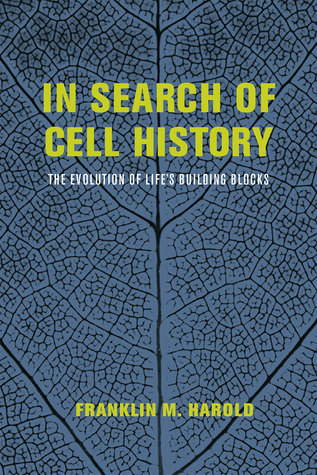What do you think?
Rate this book


304 pages, Paperback
First published January 1, 2014
To begin with, proteins are not the stablest of compounds, and their stability decreases (they rot faster) as the temperature goes up….That makes maintenance mandatory. The schedule for replacement tells us a lot about an organism’s problems. The most stable structural proteins are the most persistent; the less stable soluble proteins the least...The average half-life for the proteins in an adult human is about eighty days. (p. 238-239)
Take E. coli, that workhorse of biochemistry and molecular biology, and of all living creatures the one best understood. A single cell takes the form of a short rod, a cylinder some 2 micrometers long and 0.8 wide, with rounded caps. Under optimal conditions, 20 minutes suffice for each cell to elongate, divide, and produce 2 where there had been 1 before. But what a prodigious task this is! In that brief span of time the original cell will have produced some 2 million protein molecules, potentially of 4,000 different kinds; some 22 million lipid molecules, composing 60 varieties; 200,000 molecules of various RNAs; and nearly 1,000 species of small organic substances, some 50 million molecules in all. (p. 19-20)